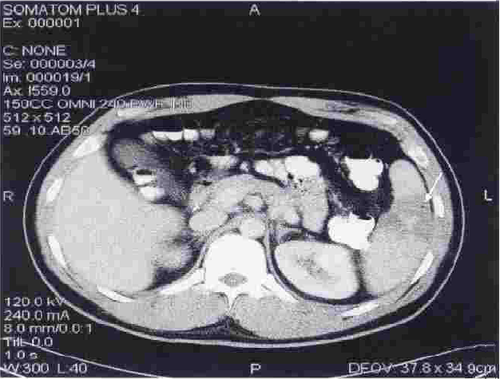Blunt injuries to the carotid and vertebral arteries are not as uncommon as we used to think. Unfortunately, there’s a lot of controversy surrounding everything about them: screening, management, and outcome. A paper just out detailed outcomes in a (relatively) large series of these patients.
As expected with this rare injury, it’s a retrospective study. A busy Level I center identified 222 patients with 263 BCVIs over a 4 ½ year period. Twenty four died before discharge and 11 afterwards. Of the remaining patients, only 74 could be located and only 68 could be persuaded to complete an interview and evaluation of their functional status. Functional Independence and Functional Activity Measurements were assessed (FIM/FAM).
Pertinent findings were:
- 8 patients suffered a stroke during their initial hospital stay (5 were present on arrival in the ED)
- 5 additional patients had a stroke after discharge
- Only 20% reached the maximum FIM/FAM scores, even including patients who did not have a stroke
- Patients with stroke had a significantly lower FIM/FAM
- There was no difference in FIM/FAM in patients with carotid vs vertebral injury
Bottom Line: Even though it is limited, this is one of the best studies we will see on BCVI because it’s an uncommon problem at most centers. The most important fact here is that the stroke rate was 19% despite discharge on antiplatelet or anticoagulant medications. And if stroke occurs, it causes significant functional problems, as expected. It’s critically important that this injury be screened and identified appropriately, then given appropriate prophylaxis. More on this tomorrow.
Related posts:
Reference: Functional outcomes following blunt cerebrovascular injury. J Trauma 74(4):955-960, 2013.



